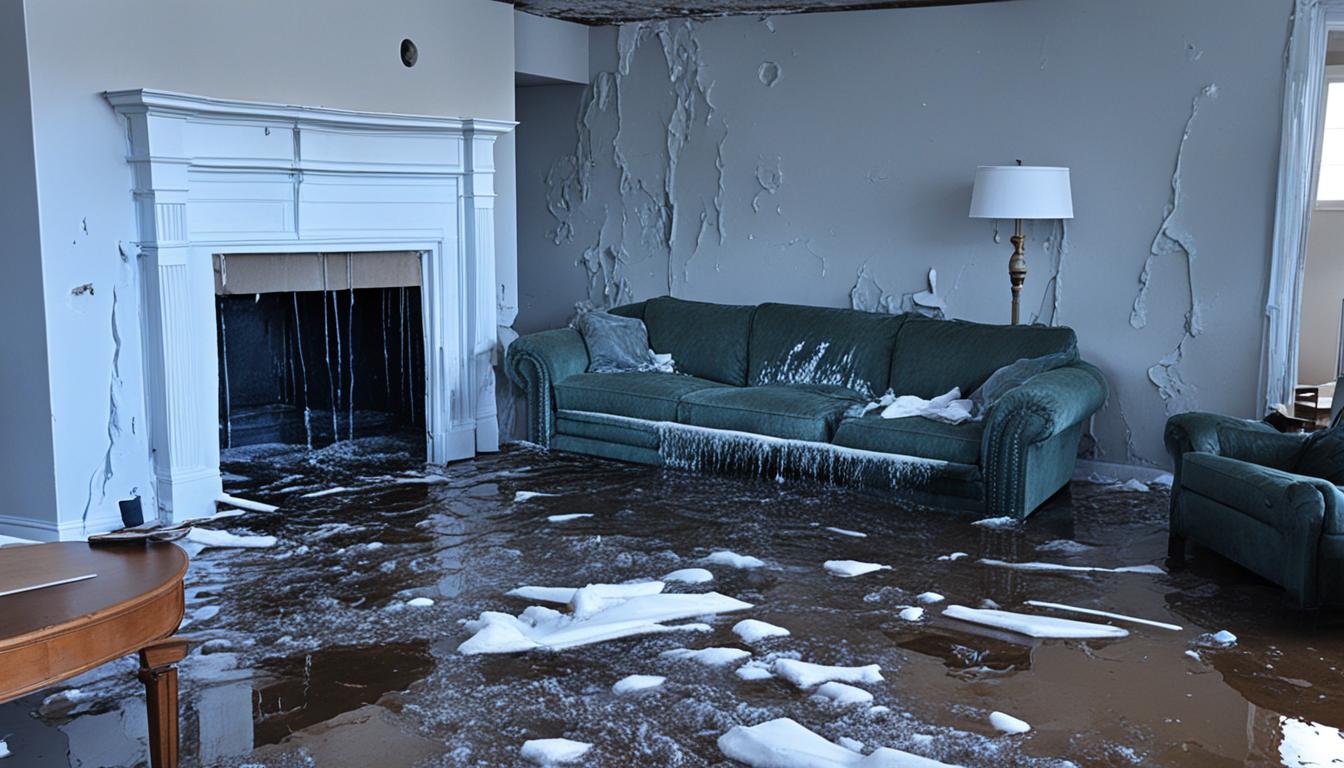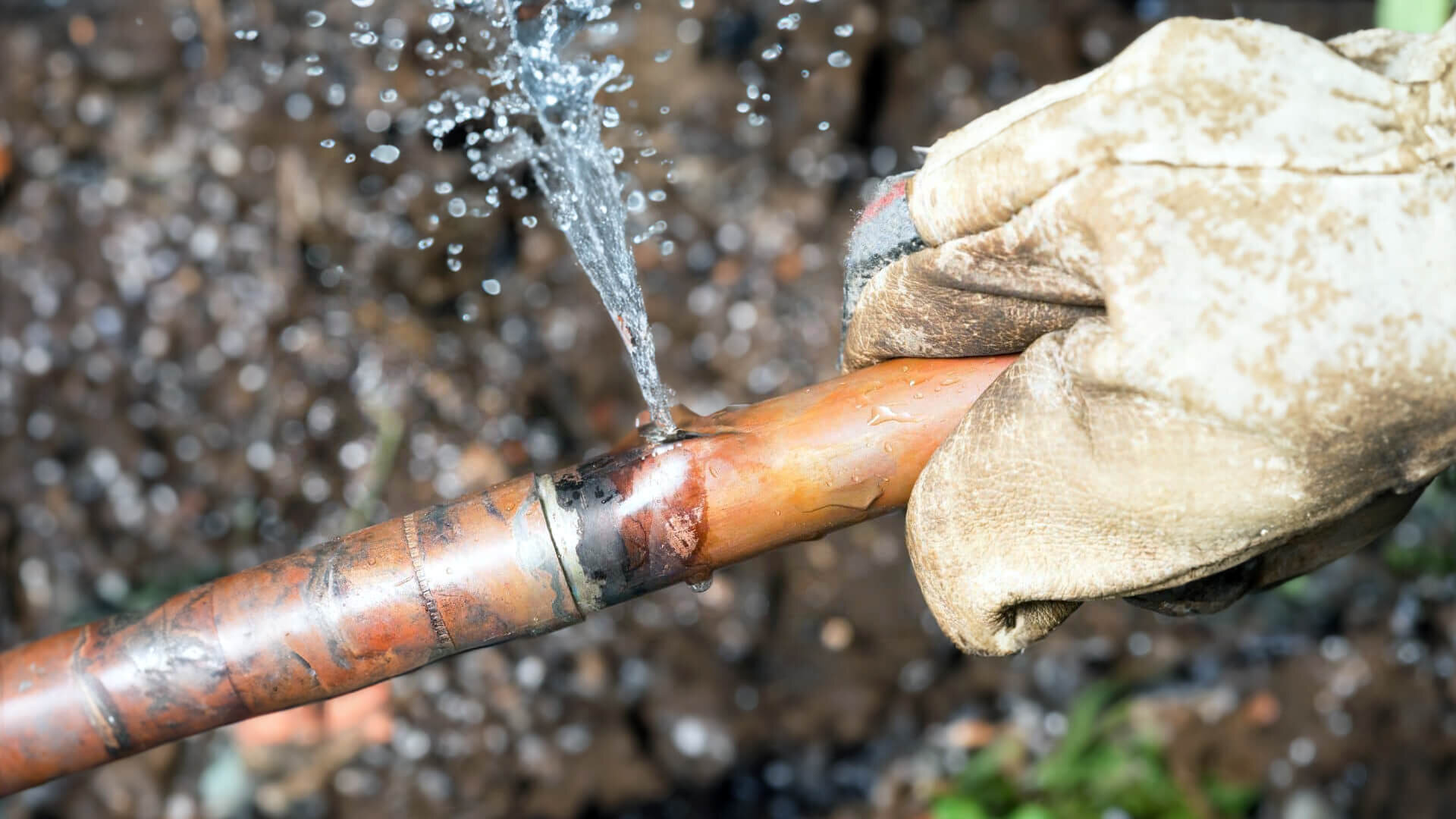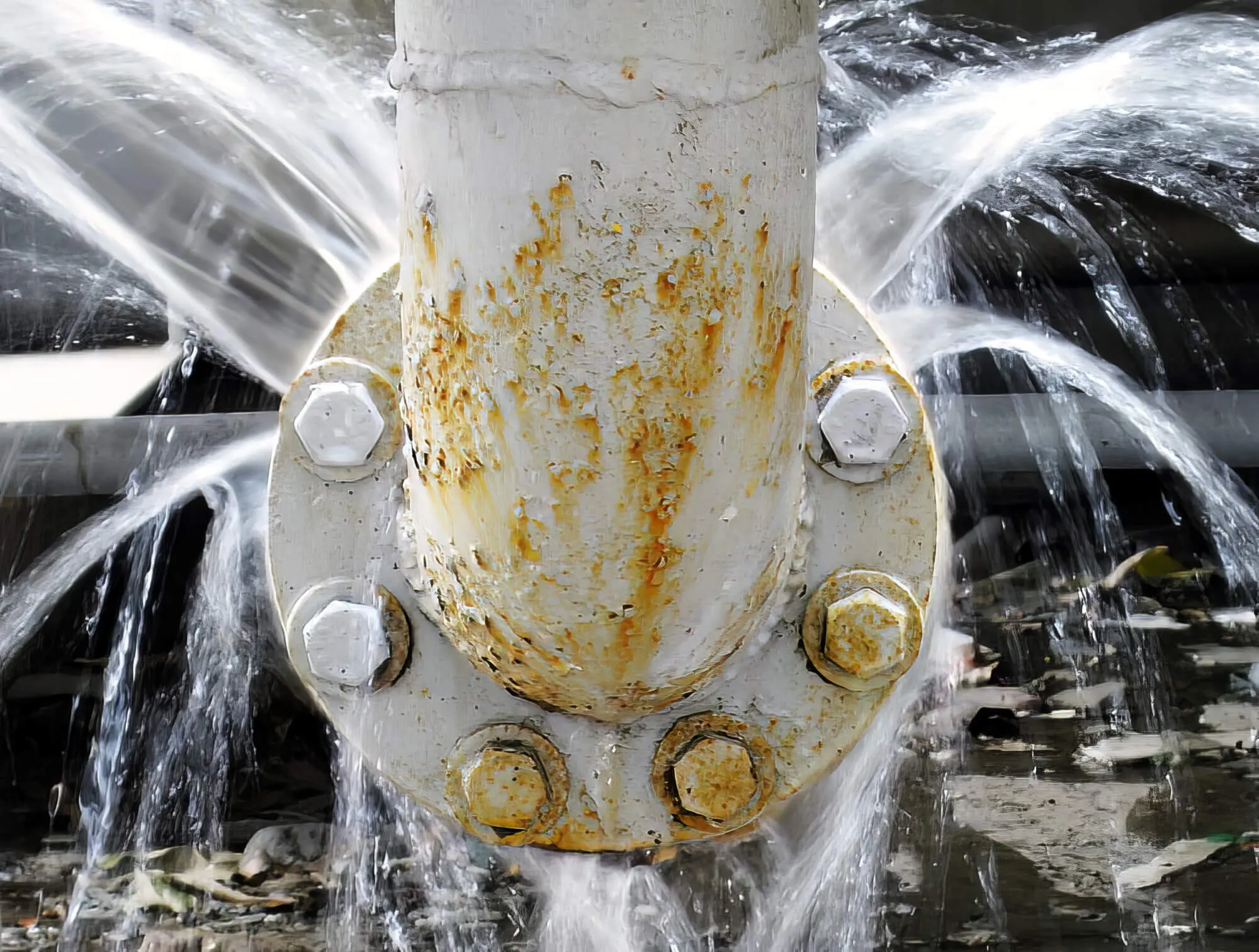The Hidden Dangers of a Burst Pipe and How to Fix It Quickly
The Hidden Dangers of a Burst Pipe and How to Fix It Quickly
Blog Article
Preventing Ruptured Water Lines: Crucial Tips to Secure Your Pipes
Stopping ruptured pipes is an important issue for property owners, specifically throughout colder months when the risk of cold is increased. Applying critical steps such as appropriate insulation, regular inspections, and preserving consistent interior temperatures can substantially decrease the probability of pipeline failure.
Understand Pipeline Vulnerabilities
Recognizing pipeline susceptabilities is necessary for effective pipes maintenance and preventing costly damage. Several aspects add to the vulnerability of pipelines to bursts, consisting of material make-up, age, and ecological conditions. Older pipes, specifically those made from galvanized steel or polybutylene, frequently break down in time, resulting in raised danger of tears and leaks.
Temperature level changes can likewise dramatically influence pipeline stability. In colder climates, water caught in pipes can freeze, exerting and expanding pressure on the pipe wall surfaces, which might eventually cause a ruptured. High water stress can strain pipelines, especially at joints and bends, enhancing the likelihood of failure.

Insulate Pipeline Effectively
Proper insulation of pipes is important for preventing cold and subsequent bursts during winter (burst pipe). Shielding your plumbing system effectively safeguards against temperature goes down that can lead to pricey damages. Begin by determining at risk locations where pipelines are revealed to outdoor temperatures, such as basements, attic rooms, and exterior wall surfaces
Usage foam pipe insulation sleeves or cover insulation tape around these locations to offer a protective barrier. Make sure that all areas of the pipelines, especially those with limited warm direct exposure, get sufficient insulation. Pay unique focus to fittings and joints, as these are a lot more at risk to freezing.
When insulating, it's necessary to choose materials that satisfy local building ordinance and are proper for the details setting. Fiberglass insulation is typically advised for its thermal resistance residential properties. In addition, consider making use of warm cables or tape in severe problems, which can be plugged in to give extra warm
On a regular basis check shielded pipelines for any indications of wear or damages, as compromised insulation can diminish its effectiveness. By taking these proactive procedures, you considerably minimize the threat of pipe bursts, making certain a trustworthy plumbing system throughout the winter season.
Maintain Constant Temperature Level
A steady interior temperature is important for protecting against burst pipelines during the icy months. When temperatures drop, water within pipes can ice up, creating and increasing pressure that may ultimately create the pipelines to burst.Making use of a programmable thermostat can aid manage read here indoor temperatures effectively, making sure that areas with pipes continue to be warm even when the residence is empty.
This minor circulation of water can prevent freezing by easing stress within the pipelines. By implementing these methods, property owners can dramatically minimize the risk of pipe ruptureds and guard their pipes systems against the rough winter season elements.
Regularly Evaluate Pipes
Regular assessments of pipes systems are vital for avoiding burst pipes and keeping general home honesty. Regular checks allow house owners to determine possible concerns prior to they escalate right into pricey repairs or major water damage. Throughout these assessments, it is important to take a look at noticeable pipelines for indications of rust, leakages, or use. Pay special focus to locations prone to cold, such as cellars, attics, and exterior wall surfaces.
Furthermore, checking connections and joints is vital, as these points are commonly at risk to leakages. Homeowners should likewise assess water pressure levels, as too much stress can strain the pipes system and boost the danger of pipe ruptureds.
Take into consideration scheduling specialist pipes assessments a minimum of annually, published here specifically prior to winter, to guarantee your system is planned for colder temperatures. Routine evaluations not only help in identifying immediate worries but likewise foster long-lasting maintenance techniques that can improve the lifespan of your pipes system. By being positive in your approach, you can guard your home against the pricey and turbulent effects of burst pipelines. Prioritizing pipes inspections is an investment in your home's health and security.
Know Emergency Situation Treatments
Understanding emergency procedures is crucial for each house owner, particularly after carrying out regular pipes evaluations. Being prepared for a pipes emergency can substantially alleviate damages and conserve costs. First, find your major water shut-off shutoff; it is normally discovered near the water meter or where the major line enters your home. Familiarize on your own with its procedure, as shutting down the water swiftly can avoid considerable flooding.
Following, keep crucial tools helpful. A pipes emergency situation set must consist of a wrench, plunger, and towels, in addition to a flashlight and a container for little leaks. Furthermore, take into consideration having the call info for a relied on plumbing professional easily available, ought to the scenario escalate beyond your control.
If you discover a leakage or ruptured pipe, right away shut off the supply of water and inform your plumbing technician. Document the damage with photographs for insurance coverage functions. Know the indications of possible plumbing issues, such as unusual water stress fluctuations or damp spots on wall surfaces
Ultimately, positive knowledge and speedy action are important in taking care of pipes emergencies, ensuring your home remains protected and lessening prospective damages.

Verdict
In final thought, stopping burst pipelines demands a diverse technique that includes understanding pipeline vulnerabilities, correct insulation, keeping regular interior temperature levels, regular evaluations, and understanding of emergency procedures. By implementing these essential techniques, the danger of pipes failures can be substantially reduced, thereby ensuring the long life and efficiency of the plumbing system. Aggressive procedures not just protect against potential damage but likewise add to total water preservation and the defense of residential property.
In colder climates, water entraped in pipelines can freeze, broadening and putting in pressure on the pipeline wall surfaces, which may inevitably lead to a burst. When temperatures decline, water within pipelines can freeze, increasing and creating pressure that might inevitably cause the pipelines to burst. By implementing these strategies, home owners can considerably minimize the his response danger of pipe bursts and guard their plumbing systems versus the rough winter months components.

Report this page